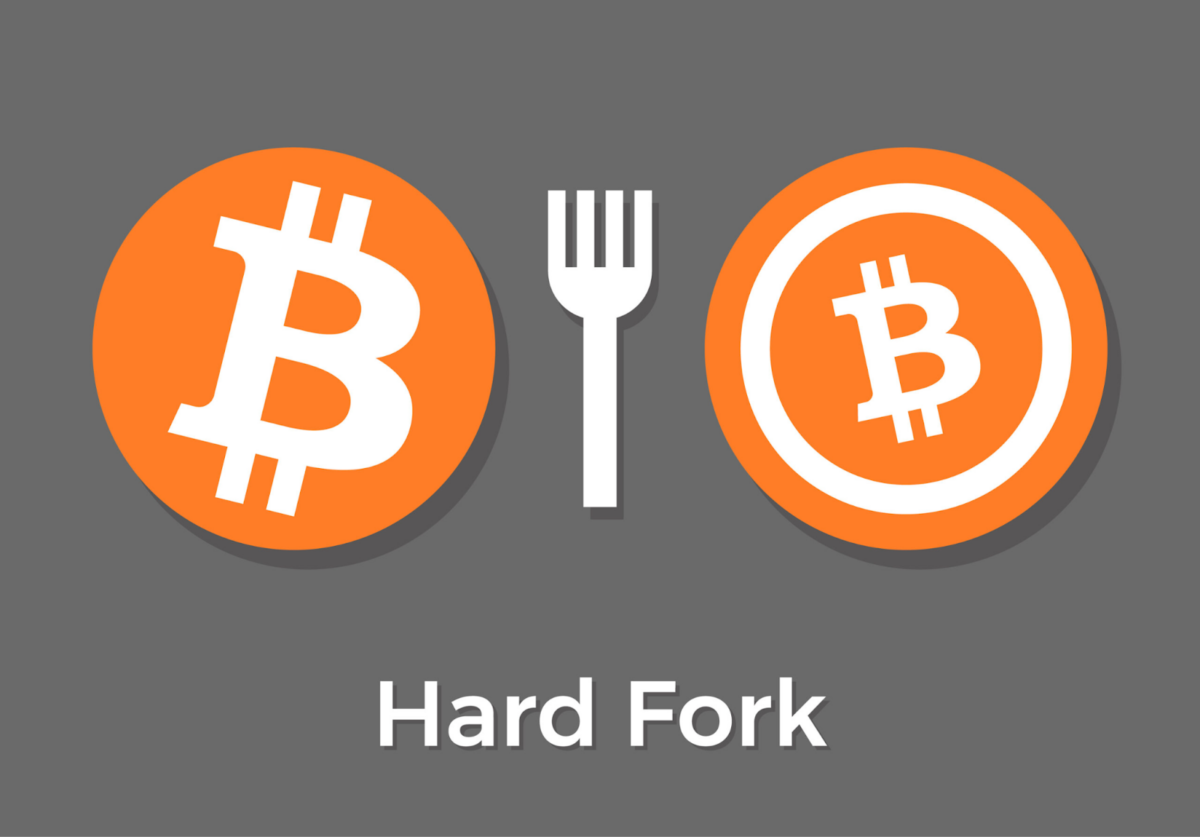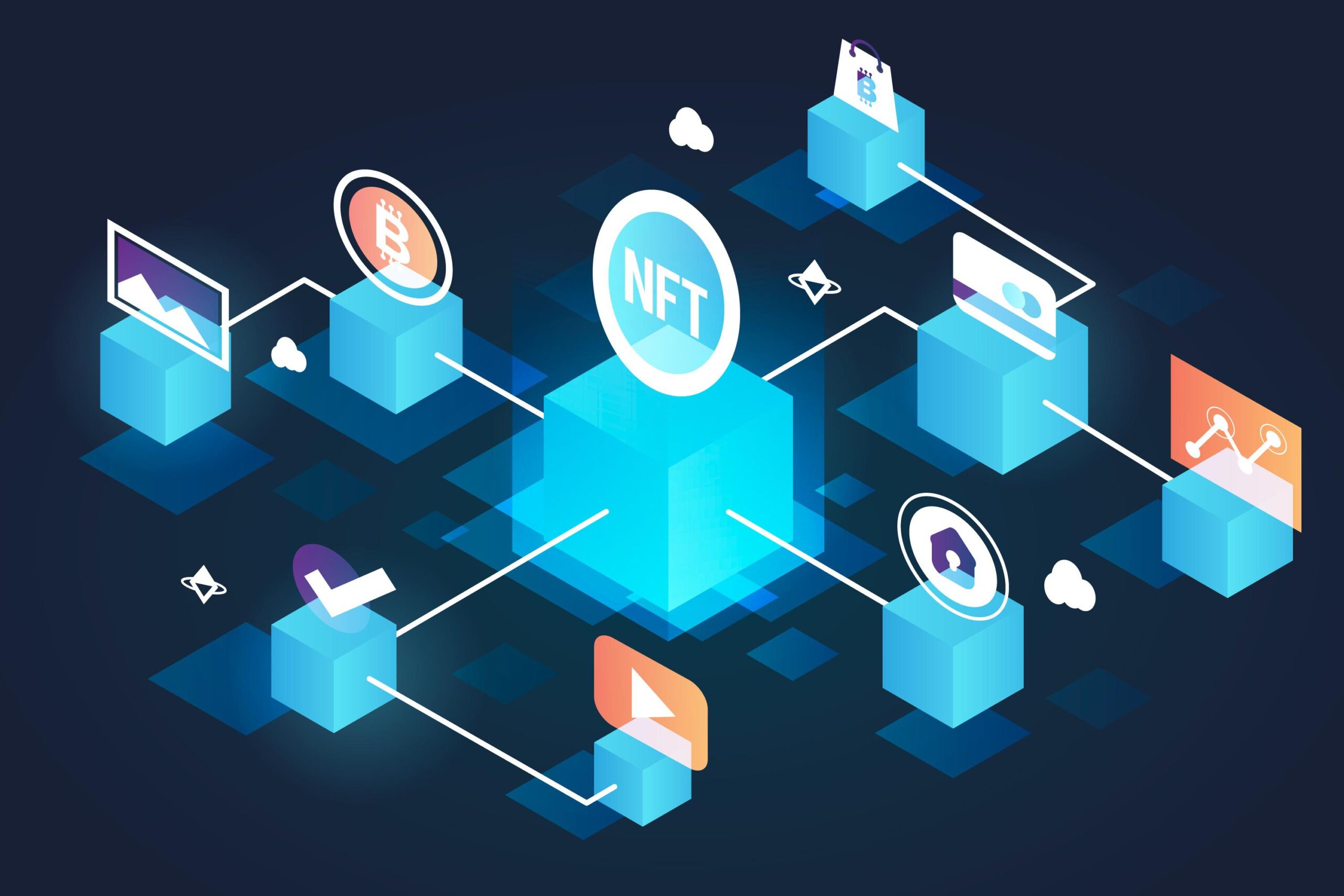Cryptocurrencies and blockchain technologies are rapidly developing, introducing new terms and concepts that can be complex for beginners. One of the key concepts in the world of blockchain is hard fork и soft fork. These terms describe changes in the blockchain protocol that can significantly affect its operation, users, and developers. In this article, we will take a detailed look at what a hard fork and a soft fork are, how they are applied, how they differ from each other, and how their usage impacts the cryptocurrency ecosystem. If you want to understand blockchain more deeply and stay updated on changes at the cryptocurrency exchange MEXC, this article is for you.

What is a fork in blockchain?
General understanding of the term ‘fork’
The term ‘fork‘ (from English fork — ‘branch’) in the context of blockchain means the splitting or changing of the network’s protocol, which leads to a change in the rules for processing transactions and blocks. A fork can be compared to a fork in the road: initially, the network moves along one path, but at a certain point, it can split into two or more paths, each with its own characteristics.
Forks occur when the blockchain community (developers, miners, users) decides to make changes to the protocol. These changes may arise from the need to fix bugs, improve functionality, enhance security, or even philosophical disagreements within the community. As a result of a fork, a new version of the blockchain may emerge, which either completely separates from the original network or remains compatible with it.
How fork is applied in cryptocurrencies and blockchain
Forks are an integral part of the evolution of blockchain networks. Since blockchain is a decentralized system, any changes to the protocol require the consensus of the majority of network participants. Forks allow:
- Update the protocol: For example, add new features such as smart contract support or increased scalability.
- Fix vulnerabilities: Forks can eliminate bugs or protect the network from attacks.
- Resolve conflicts: If the community cannot reach a consensus on the project’s development, a fork can split the network into two different versions.
- Create new cryptocurrencies: Some forks lead to the emergence of new tokens that begin trading on exchanges.
Forks are divided into two main types: hard fork и soft fork. Let’s examine each of them in more detail.
What is a hard fork?
Definition of a hard fork
Hard fork is a radical change to the blockchain protocol that is not backward compatible with the previous version of the network. This means that nodes operating on the old protocol will not be able to accept blocks created on the new protocol, and vice versa. As a result, a hard fork usually leads to the splitting of the blockchain into two separate chains: the old and the new.
A hard fork requires all participants in the network (miners, users, developers) to update their software to the new version. If part of the community refuses to upgrade, it can result in the creation of two independent blockchains, each evolving separately.
Examples of hard forks in cryptocurrency projects
Hard forks are not uncommon in the world of cryptocurrencies. Here are a few well-known examples:
- Bitcoin Cash (BCH): In 2017, a hard fork occurred in the Bitcoin network due to disagreements within the community about the block size. Part of the community wanted to increase the block size to improve network throughput, while others advocated for maintaining the current parameters and implementing second-layer solutions such as the Lightning Network. As a result, Bitcoin Cash emerged as a separate cryptocurrency.
- Ethereum и Ethereum Classic (ETC): In 2016, the Ethereum network underwent a hard fork after the DAO (Decentralized Autonomous Organization) hack, resulting in a significant amount of ETH being stolen. The majority of the community supported the hard fork to recover the stolen funds, but some participants refused to upgrade, leading to the creation of Ethereum Classic.
- Monero (XMR): Monero has repeatedly conducted hard forks to implement improvements in privacy and protection against ASIC mining. These updates have made the network more resistant to centralization.
On the MEXC exchange, you can trade both original cryptocurrencies (BTC, ETH) and their forks (BCH, ETC), providing traders with the opportunity to diversify their portfolio.
When is a hard fork used and why is it important?
A hard fork is applied in the following cases:
- Implementation of radical changes: For example, changing the consensus algorithm from Proof-of-Work to Proof-of-Stake, as in Ethereum 2.0).
- Fixing serious vulnerabilities: If the network is under attack, a hard fork can reverse the effects or enhance security.
- Creating new opportunities: A hard fork allows for the introduction of features that cannot be added without changing the core protocol.
- Community split: When participants’ views on the project’s future diverge, a hard fork allows each group to go their own way.
A hard fork is important because it gives the blockchain flexibility to adapt to new challenges and market demands. However, it also carries risks, such as community division, decreased trust in the project, or a temporary drop in the token price.
What is a soft fork?
Definition of a soft fork
Soft fork — this is a blockchain protocol change that is backward compatible. This means that nodes that have not updated their software can still interact with the network, although their capabilities may be limited. A soft fork tightens the rules of the network, making some previously acceptable blocks or transactions invalid, but does not require a complete chain split.
Unlike a hard fork, a soft fork does not lead to the creation of two separate blockchains if the majority of network participants (especially miners) support the update. This makes a soft fork a less radical and safer way to upgrade the network.
Examples of soft forks in blockchain
Soft forks are most commonly used for gradual improvements to the network. Here are a few examples:
- SegWit in Bitcoin: In 2017, the Segregated Witness (SegWit) soft fork was implemented in the Bitcoin network. It changed the transaction format to increase scalability and eliminate certain vulnerabilities, such as transaction malleability. Nodes that did not update to SegWit continued to operate on the network but could not use the new features.
- BIP-66 in Bitcoin: This soft fork, implemented in 2015, tightened the rules for signature verification in the Bitcoin blockchain, enhancing the security of the network.
- Monero RandomX: Monero used soft forks to implement new mining algorithms, such as RandomX, to maintain decentralization and resistance to ASIC mining.
Advantages and limitations of soft forks
Advantages of soft forks:
- Backward compatibility: A complete update of all nodes is not required, reducing the risk of network split.
- Lower risk of conflicts: Soft forks are less likely to cause disputes within the community.
- Smooth implementation of changes: Allow for gradual improvements to the network without radical changes.
Limitations of soft forks:
- Limited flexibility: A soft fork does not allow for implementing radical changes, such as a new consensus algorithm.
- Dependence on miners: For a successful soft fork, support from the majority of miners is required, otherwise the network may face issues.
- Complexity of implementation: Soft forks require careful development to maintain compatibility.
Key differences between a hard fork and a soft fork
What are the key differences in approaches and risks
Hard forks and soft forks have different approaches to blockchain upgrades, which affects their risks and outcomes. Here are the main differences:
| Characteristic | Hard fork | Soft fork |
| Backward compatibility | No, old nodes are not compatible with new ones. | Yes, old nodes can operate on the network. |
| Chain split | Can lead to the creation of two blockchains. | Does not lead to a chain split. |
| Implementation complexity | Requires updating all nodes. | Requires support from the majority of miners. |
| Risk of community split | High if there is no consensus. | Low, as the changes are less radical. |
| Flexibility of changes | Allows for radical changes. | Limited by stricter rules. |
Risks of a hard fork:
- Community split and creation of competing chains.
- Loss of trust from users and investors.
- Possible drop in token price due to uncertainty.
Risks of a soft fork:
- Limited scope for substantial changes.
- Potential issues if miners do not support the update.
- Risk of complicating the protocol, which can lead to new vulnerabilities.
When to choose a hard fork and when to choose a soft fork
The choice between a hard fork and a soft fork depends on the goals of the update and the state of the community:
- Choose a hard fork, if:
- Radical changes are required, such as changing the consensus algorithm or introducing new features.
- The community is divided, and part of the participants wants to develop the project in a different direction.
- A complete overhaul of the protocol is necessary to address serious issues.
- Choose a soft fork, if:
- If you need to implement minor improvements while maintaining compatibility with the current network.
- The community as a whole supports the update, and there is no risk of a split.
- It is important to minimize risks and maintain network stability.
How do forks affect users and developers?
How a fork affects cryptocurrency owners
Forks can significantly impact users, especially cryptocurrency holders. Here are the main aspects:
- Hard fork:
- New tokens: If a hard fork leads to a chain split, users who owned tokens before the fork usually receive an equivalent amount of tokens on the new network. For example, BTC holders received BCH after the Bitcoin Cash hard fork.
- The need to update wallets: Users need to update their wallets to support the new network or use exchanges to swap for new tokens.
- Price volatility: Hard forks often create uncertainty, which can lead to sharp price changes in both cryptocurrencies.
- Soft fork:
- Minimal impact: Since a soft fork does not split the chain, users usually do not notice changes if their wallet or exchange supports the update.
- Improving functionality: Soft forks, such as SegWit, can reduce transaction fees or enhance security, which benefits users.
It is important for users to keep up with news about forks to timely update their software or decide on selling/holding new tokens. MEXC Exchange provides up-to-date information on forks and supports trading of new tokens, making the process easier for traders.
How developers can use forks in their projects
For developers, forks are a tool for improving and adapting blockchain projects. They can:
- Enhance the protocol:
- Soft forks allow gradual implementation of improvements such as increased scalability or security.
- Hard forks provide the opportunity to radically redesign a project by adding new features.
- Create new projects:
- Hard forks are often used to launch new cryptocurrencies with unique characteristics. For example, Bitcoin Cash was created as an alternative to Bitcoin with a larger block size.
- Developers can use the code of an existing blockchain to launch a new project with minimal costs.
- Resolve conflicts:
- If there are disagreements within the team, a hard fork allows the project to be split so that each group can implement its vision.
It is important for developers to consider the opinions of the community and the risks associated with forks. A successful fork requires support from miners, users, and exchanges that provide liquidity for the new tokens.
Conclusion
Why it is important to understand the difference between hard forks and soft forks
Understanding the differences between hard forks and soft forks is critically important for all participants in the cryptocurrency market — from users and traders to developers and investors. Hard forks can lead to the emergence of new cryptocurrencies and significant changes in the ecosystem, but they also carry risks of division and instability. Soft forks, on the other hand, allow for smooth network upgrades while minimizing risks, but their capabilities are limited.
For users, this knowledge helps make informed decisions on how to manage their assets during forks. For developers, it helps choose the right approach to protocol upgrades. For traders, it helps predict volatility and take advantage of the opportunities provided by new tokens on exchanges.
Prospects for the development of fork technologies in the future
Forks will remain an important part of the evolution of blockchain technologies. With the growing popularity of decentralized finance (DeFi), NFTs, and other innovations, the need for protocol updates will only increase. In the future, we can expect:
- More complex forks: With the development of technology, blockchains will implement increasingly complex updates, requiring a combination of hard forks and soft forks.
- Automation of forks: New tools and protocols may simplify the process of conducting forks, making them less risky.
- Increased role of the community: Decentralization means that decisions about forks will increasingly depend on voting by users and miners.
The MEXC exchange will continue to support new tokens emerging from forks, providing traders access to the most relevant opportunities. Stay updated and be ready for changes in the blockchain world!
Join MEXC and Get up to $10,000 Bonus!
Sign Up


